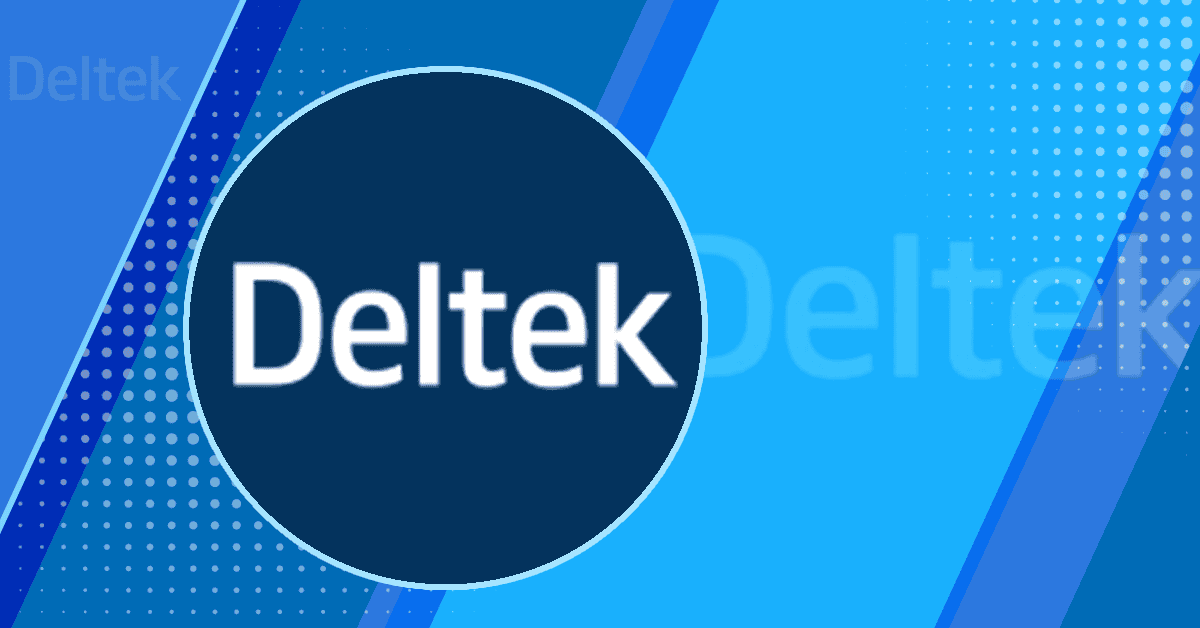The government contracting industry’s confidence in its future revenues has recovered from a COVID-19-prompted dip. The market’s assurance in its ability to drive new business has increased by 1.6 percent from a year ago, returning what’s known as the GovCon Confidence Index, or GCCI, to pre-pandemic levels.
GCCI is measured by Deltek’s Clarity Government Contracting Industry Report, an annually-published survey of a wide swathe of the eponymous field. As discussed in a webinar hosted on Thursday by GovCon Wire and Deltek featuring the latter’s Product Marketing Manager, Tara Cannon, Clarity fields responses from over 700 GovCon organizations of all sizes and compiles them in a 75-page document. The company tradition has been ongoing for the last 14 years.
A major theme of this year’s report, according to Cannon, was cybersecurity, which was repeatedly named as a top challenge for respondents. Specifically, organizations noted their efforts to comply with the Department of Defense’s Cybersecurity Maturity Model Certification standards as a priority.
Compliance costs broadly came in as the fourth most mentioned cost affecting business the most for respondents, claiming 12 percent of the vote. Labor costs, goods prices and finance department expenditures were the top three responses in this category, at 37 percent, 24 percent and 12 percent, respectively.
Organizations also named climate and sustainability and diversity and inclusion as major focus points and causes they were organizing their activities around.
The Clarity Report offers more detailed information on trends within GovCon through its breakdown of company responses by their department, including business development, finance and compliance, manufacturing and human capital management. It also separates its responses in many categories by top performers and everyone else, so as to potentially identify the recipes for success in high-earning organizations — “high performers” are here considered those contractors in the upper 10 percent echelon of win rates.
The study found that high performers were more likely to conduct risk analysis earlier in their procurement strategy and that cost of goods was one of the major supply chain challenges for these companies, despite the fact that their purchase order cycle time was an average of four days, compared with non-top-performing companies’ 52-day average.
A trend that ran throughout the individual practices surveyed was an overarching need to reengineer processes, whether they’re business-, digital transformation-, or talent retention-related.
Finding and keeping top talent was across the board something GovCon companies are struggling with, according to Cannon and her colleagues, though that’s also seen as an issue that will diminish as a new year approaches and the country moves further away from the pandemic. Companies are now increasingly willing to spend more money to make more money and performance was strong in fiscal year 2022, with a generally optimistic future outlook, especially for already high-performing and large companies.




